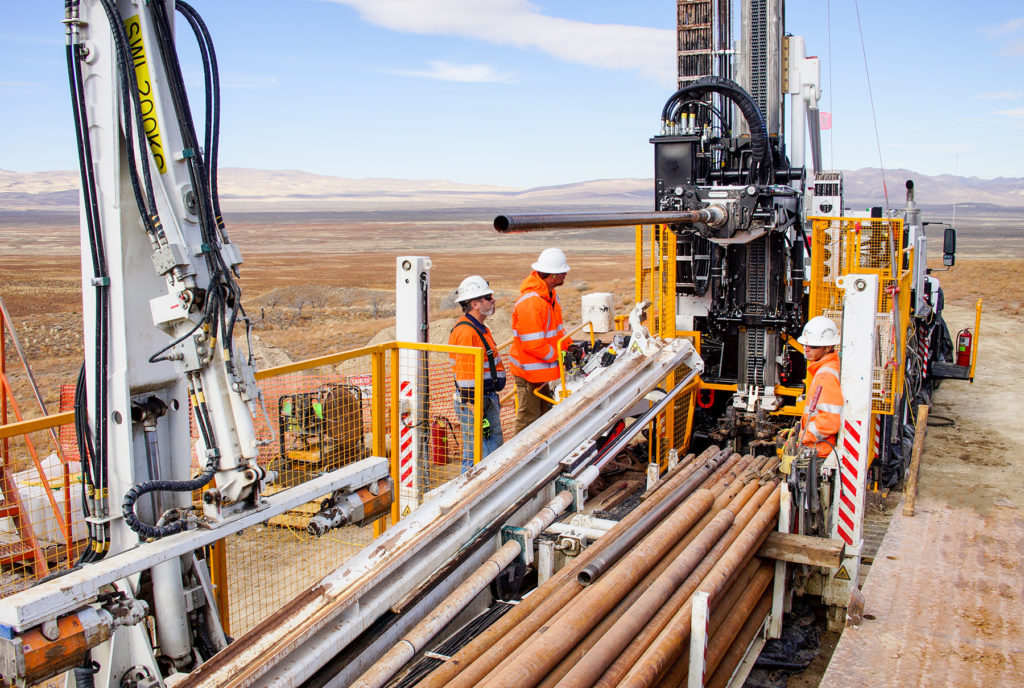The only thing consistent about licensing and permitting is how inconsistent and variable it is from place to place, says Boart Longyear’s Thomas Feehan*.
Laws, regulations, permits, licensing, and requirements can be different based on the country, state/province, city, and land ownership. Consequently, there is little information about the broader topic of licensing and permitting to help ensure a successful diamond core drilling project.
Risks
Designing and planning a drilling project is a complex exercise. Many risk factors should be considered to mitigate issues that could impact productivity and/or budgets. These include permitting and licensing, which could ultimately impede the success of the project. After careful planning, there is a healthy amount of cautious optimism that everything has been properly addressed and planned for, however, there is always that small chance something was missed.
The risks are costly if your project doesn’t have everything in place when it comes to licensing and permitting.
While it doesn’t happen very often, paying a drilling contractor stand-by rates waiting for a project that’s been scheduled, but not properly authorised or permitted, takes money from the project.
How much more exploration could have been achieved with the money lost by paying for services and support that can’t happen because a project is delayed on a technicality – usually paperwork?
There’s a risk of reputation as well. Costly mistakes aren’t great for anyone’s career or a company’s reputation.
Challenges
While Boart Longyear is no expert in licensing and permitting, the experts are out there. We maintain working relationships with local consulting and engineering firms and you should too. When planning a diamond core exploratory drilling project, it is highly recommended that you ensure all licence and permit requirements are met before the drill crew and necessary equipment mobilises.
Additionally, careful planning for the size of the drill pad for the permits and figuring out the logistics of accessing a site can save time and money later. That way, a budget estimate for all aspects of the work can be adequately prepared to complete a project safely and effectively.
Drill pad layout can be critical to a safe, smooth, and successful drilling programme. A drill pad setup where safety or productivity is compromised can result in wasted expense and possibly lead to an accident. Not having permits with the right amount of surface disturbance for the project is a risk that can be mitigated with communication. A miscalculation in required disturbance area can lead to holes being removed from the scope of the project to remain in compliance with regulators.
Working diligently with all stakeholders in the permitting application process helps ensure the exploration/project team(s) and the environmental/permitting team(s) are on the same page. A simple oversight or misunderstanding can possibly delay site mobilisation or start-up. Ideally, these conversations should happen early in the planning stages of the drilling programme.
One of the biggest challenges of licensing and permitting for a diamond core drilling project is timing. Depending on workload and resources, government entities are not typically known for their speed. Early planning and working with experts can ensure the timing of licensing and permitting doesn’t affect your project start date. Obtaining most permits and licences takes longer than expected in most cases. Proper planning and early submission to agencies are highly recommended.
*This article was written by Boart Longyear‘s Thomas Feehan. Feehan holds a Bachelor’s Degree in Geology, a Master’s Degree in Hydrogeology, and a Master’s Degree in Business. He has 28 years of experience in mining with 24 of those years specialising in drilling programmes, lithium brines, mineral exploration, geotechnical/slope stability investigations, mining-related hydrogeology, mine dewatering and water resources











